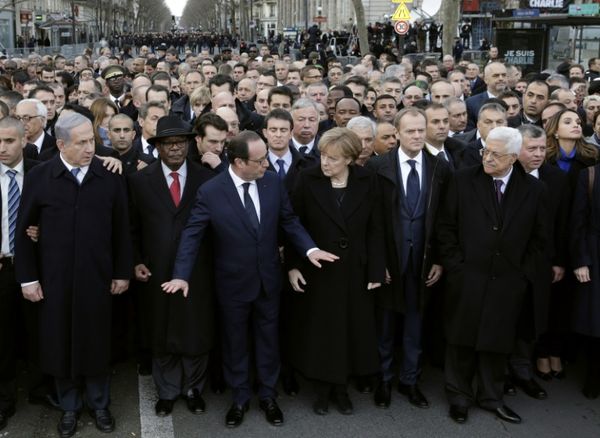
Many Australians haven’t heard of BYD, the Chinese brand now selling the country’s cheapest new electric car.
BYD, or Build Your Dreams, is the biggest threat to Tesla globally and has garnered a cult-like following that’s translating to sales success locally.
Less than a year after the local launch of its first volume-selling car – the Atto 3 electric SUV – late in 2022, BYD has become the second-biggest seller of EVs in Australia – albeit well behind Tesla – with a share of about 15%.
Now the newcomer has started taking orders for the cheapest EV on the market, the Dolphin.
At $38,890 plus on-road costs the Dolphin undercuts the rival MG4 by $100. Factor in those on-road costs and the Dolphin is more like $800 cheaper than the MG. It’s also about $5,500 cheaper than the Ora, another fresh arrival from fast-growing fellow Chinese brand GWM.
Given the interest in affordable EVs, the price advantage brings important bragging rights.
On paper, the Dolphin – now on sale with deliveries due in October – is an unremarkable five-door hatch.

It’s about the size of a Toyota Corolla but has more space inside because it was designed from the outset as an EV, so doesn’t have a structure contorted to accommodate an engine, gearbox, exhaust system and fuel tank.
It drives the front wheels with a motor making just 70kW, almost half that of many city hatchbacks. It’s one of the least powerful new cars available and getting to 100km/h takes a leisurely 12.3 seconds. It’s claimed to travel 340km between charges, and includes extras such as a panoramic sunroof, wireless phone charging, heated seats and a 12.8-inch rotating touchscreen.
A Dolphin Premium has more than double the power and a bigger battery that stretches the driving range to 427km. Aussies will be more comfortable with its 7.0 second 0-100km/h acceleration, but the Premium costs another $6,000, a sizeable jump.
That hasn’t stopped BYD predicting it will sell “many thousands of Dolphins”, which would make it one of the country’s top-selling EVs and provide competition for the likes of the Toyota Corolla, Hyundai i30, Mazda3 and Kia Cerato.
It doesn’t hurt that businesses and governments are tripping over themselves to lower their carbon footprints.
“Overwhelmingly fleet buyers from government, corporate, all-sized businesses are looking at electric options they can put on-fleet that fit the right sort of price ranges, that fit the purpose and that their drivers will be happy in,” says Paul Scully, the head of marketing for SG Fleet Australia New Zealand. He adds that stock availability is a crucial piece of the puzzle for providing certainty to fleet purchasers.
Helping the Dolphin’s appeal to private buyers are rebates in most states as well as the federal government’s electric car discount, which exempts EVs financed through a novated lease from fringe benefits tax, saving thousands of dollars annually.
Plus BYD has early runs on the board with the Atto 3.
The company is already outselling Skoda, Renault, Jeep and Land Rover in Australia and closing on Honda, Volvo and Lexus.
Its performance as a newcomer brand is even more remarkable, dwarfing the first-year efforts of Skoda, Opel, MG and Cupra, some of which had the might of big players (including Volkswagen and Holden) to establish a local presence.
BYD has benefited from social media engagement and its nous in battery manufacturing and tech – batteries are the most expensive and advanced component of an EV – to create a following that partially mimics Tesla-esque hype.
Indeed, there are parallels between BYD and Tesla. Delays are common (and often lengthy) and plans can change unexpectedly. Even the BYD website looks heavily influenced by Tesla’s.
Whereas Tesla and rival newcomer Polestar have chosen a direct sales model to sidestep the cost of establishing a dealer network, BYD opted for a hybrid approach. You can still buy the cars online – prices are fixed – but there are physical dealerships too..
Whereas social media has fuelled the BYD hype, as with Tesla it occasionally bites back.
Some on Facebook owners’ groups are critical about delivery delays and warranty restrictions. Most, however, seem happy with their vehicle. And ultimately product tends to make the biggest impact with new car sales.
Toby Hagon is the editor of EV Central







